
En mand trækker en pistol frem i en lufthavn. Ved checkpoint ligger han den forsigtigt til rette på bakken på båndet, der kører igennem x-ray-maskinen. Samme tur får alle mandens ejendele: Hans MacBook, hans hænder, hans ben, hans tænder, hans pikke, hans indvolde, hans rumpistol, hans ananas. Den britiske kunstner Ed Atkins’ nye film, Safe Conduct, der nu kan ses på Statens Museum for Kunst, er givetvis hans mest absurde. Men det er også hans mest realistiske. Helt igennem. Installeringen er næsten 1:1.
I X-rummet, der er museets projektrum for samtidskunst, vises filmene på tre skærme. De hænger skrånende fra loftet. Det minder om de skærme, man skeler til for at holde øje med afgange, når man går mod en gate i rum, der ligesom museets, er klinisk renset for alt overflødigt.
For lidt over to år siden var Ed Atkins gæsteforelæser på Kunstakademiet i København. Her viste han sine CGI-film, altså film «genereret» eller animerede på computer hjemme i hans lejlighed i London. Filmene var forførende, men også abstrakte. Det var svært at sige, hvor de foregik, og hvad der foregik. Selvfølgelig handlede hans arbejde blandt andet om at leve i en uvirkelig verden online. Men det ville også sige, at hans arbejde handlede om hans arbejde med film, lyd, musik, ord og litteratur.
I sidste uge, dagen efter åbningen af udstillingen på Statens Museum for Kunst, forelæste Atkins igen på Kunstakademiet. Denne gang talte han blandt andet om de film, der leder op til Safe Conduct. Og denne gang er det ikke svært at se, hvad der foregår i hans nyeste film, og hvor den foregår. Det er kunst i rum og tid præget af terror og store migrationsstrømme. Men når Ed Atkins laver film om det, der p.t. fylder mest i verden og mediernes behandling af den, så kan han stadig snakke om sin film Safe Conduct, som om han stadig laver film om film; som om hans kunst ikke blot drejer sig om verden, men verden også drejer sig om kunst. Efter at have set udstillingen dagen efter åbningen og efterfølgende hørt Ed Atkins på akademiet, fik Kunstkritikks udsendte påny mulighed for at diskutere, hvorfor komponisten Ravels vanvittigt monotone Bolero er det perfekte soundtrack til vor tid, som ikke længere blot er vores. I en trafikeret lobby på en restaurant bag ved Kunstakademiet blev det til en snak om sprog, skærsilden, død, kroppe, Ace of Base, Bryan Adams, strukturalisme og Hollywood.
Interviewet bringes på originalsproget.

I have the feeling your new video installation is more busy than your previous work. Though the soundtrack, Ravel’s Bolero, is circular and repetitive, do you have an urge to make work that’s a bit more narrative? It seems like you’re less and less making film about film? In your last film Hisser, there’s a guy repeating: “I don’t know what to say. I’ve run out of things to say”. Is this new film a breakthrough?
It’s not so much a narrative breakthrough, but certainly the mise en scene is much more present. A lot of the work that led up to this is trapped in a non-space, often not really anywhere, often just a digital, flat colour – whereas Safe Conduct is very much staged within a specific place. Through the Bolero, the work stages a choreographed situation – like a ballet, I suppose. It’s about creating an environment where a lot of things – realistic things – happen. It’s not a real place. It’s kind of a weird version of an airport security environment.
It seems like your previous work was about closed-off, private, intimate spaces. There might have been small openings, some sounds transmitted from an exterior or a hole being broken in a wall. But, for the first time, there might be another breakthrough here, a feeling that you’re more out in the open – or what?
Yes, in an actual place. Those non-spaces of previous videos were often also made analogous to non-spaces online. But this … is a compression of a lot of different things. Even though, obviously, the form is still conspicuously computer-generated, Safe Conduct is based on a real place, albeit theatricialised, around which everything happens. So we have the luggage carousel centre, and a vast number of café chairs strewn everywhere, stacked up high and thrown about. That’s an overt nod to Pina Bausch’s Café Müller. I wanted a lot of explicit references to dance, to theatre, here, and this amazing piece by Bausch in particular – all held by the awkward incongruity afforded by the computer-generated images … But, yeah, it’s pretty different to most things I’ve made. The most recent film I’ve made, Hisser, is also in a cited, realistic space: a bedroom. So I guess there’s definitely an inadvertent push towards embracing three-dimensional space – less painterly, less concerned with a flat plane, a flat image. There’s more of a drive towards realism in the work, as a more and more clear mode. Not just of the texture of the skin, the body of the protagonist – but the aspects and accoutrements of place.

Today, at The Royal Danish Academy of Fine Arts, I heard you dropping some lines quite a few times about your “ethical” concerns. Has it been an ethical concern for you to get out of that private space of yours? Has it been a moral imperative to move towards greater realism?
Yeah, I think I’m allowing myself more … What is it that allows you to say or make certain things? I constantly think, like most people, about what I want to say versus my responsibility in relation to that saying. There’s a responsibility in making works that lots of people are going to see. I feel the privileged burden of that – though I think I’m often pushing against it. I think that slowly the language, the text, for example, is dropping back a bit in the videos. They’re becoming more action oriented, more physical. There’s a bit of speech in Safe Conduct, but predominantly things just happen, without narration; things occur, there’s movement, coincidence. Forces and objects and bodies. The transference of saying something in language into the work itself, into its form – illustratively, often. Turning language into stuff, into things, into places – allegory made real. For a while now I’ve really wanted to push the metaphors and the literality, writing into the CGI, or, for instance, into clothes: a London 2012 tee shirt. Establishing a grammar within the scene itself instead of making the writing do the heavy lifting. Even though it’s things and bodies and ostensibly illiterate, most relations are still essentially more or less syntactical.
I think you’ve been doing a lot of work about work, film about film, writing about writing or language. Could one say that now you have developed a language that you can use in wider, broader ways?
Yes, I think what we’re talking about is the establishing of a language, a discourse that is immanent to the work. The more pieces I make, the less I need to rely too heavily on structures outside of the language of the work that I might otherwise have to bring in. This is personal: there seems to be a shorthand now, for me personally, in terms of the production; I can do things I didn’t dare do previously. It’s not really related to the technology getting better, necessarily. It’s about being more fluent, and feeling that fluency as a ground to encourage more overt … irruptions. I think the Safe Conduct general idea is way more explicit, yet also way more honed, and within the work. The discourse is the work. Though of course, it’s a caricature or a cartoon version of something very real. It’s realistic.

But it’s also about an artist who simply has to leave his own private space more often, because he has to travel more. Do you think there’s a conflict or a confluence between these two different spaces, the intimate space where you’re back home working and this weird space of a travelling artist?
Maybe increasingly there’s no difference. As in, this is my life. Though I suppose I still spend vast amounts of time on my own in front of the computer. Like everyone else. Some part of Safe Conduct is also about getting sick of my own voice, getting sick of the things I say that I think are the right things to say. So I have to risk more for myself elsewhere, and allow the work to be less reflexively paranoid, defensive. Trying to put more into my work and be less controlling about it. I don’t know. Probably none of that’s true. This piece is so fresh that I haven’t really read it yet. Maybe it feels freer, maybe not. But it feels less about a single individual, to me. Even though it’s the same horrible guy as previously, he’s not really the centre of the whole thing. At least, his identity. His genericness, as a presumed and violent thing, overwhelms a sense of his hiding an identity.
Yes, it’s like an autobiographical work that could be about anybody. Now, with heightened border security, immigration, mass tourism, the question is also how to get through the border, especially as one whole body. Sometimes your character passes through the checkpoint chopped into bits and pieces. In other glimpses we see him lying full-figure on the conveyor belt while going through the x-ray machine, ecstatically tralalalaing…
For me, in my privileged life, I mostly encounter difficulty with authority in airports. When you get good at travelling, you know how to handle your … liquids and so on. But I always fuck it up. In Safe Conduct there’s some kind of glee about the system that’s designed to break you down – and that is one of my fundamental privileges: to have sufficiently recognised identity, power, that I can feel its stripping back in the airport. But I survive it, mock it, make work out of it. If that’s a thing for me, what is that process – or its horrendous bass notes … for a vast number of people whose life is only lowered, never retrieved. So some of this is a pastiche of what’s all over the news: border security, anxiety, fear, violence, representation. It’s black humour based in a horrible world. We all know what it’s like to be turned into an object upon conspicuous contact with the authorities – to be able to reconstitute yourself afterwards is the prerogative of animation and the massively lucky traveller.

The visual examination and dissection of a body at a checkpoint also seems to be a thing that is, as you say, “immanent to your work” or what you understand by the word “rendering”.
The term ‘rendering’ has a very big art historical legacy, of course. A rendering can be any kind of representation – for instance of a face. But now it’s more and more commonly understood as, for instance, attached to 3D – 3D rendering – or the rendering of an image by a piece of technology. But the word “to render” comes from what you do to animal parts, to meat, to bones. You render fat from a carcass by boiling it, or you render glue from hooves or whatever numbles. It’s attached to the abattoirs, to the butcher, to the industrialised production of food. So there’s this line, etymologically, from artistic representation to technology’s representation – of bodies, meat. And the parlance around that – to this other thing of literally turning bodies into products. There’s a massive violence in there and I’m fascinated by the insidiousness of that violence. Obviously language is the go-to for me. Etymology has always been a thrill for me – that extraordinary unearthing of something beneath, under the surface of contemporary parlance.
It’s the same with the language of filmmaking: “Cut”, “Shoot”. One gets a feeling of the ancestry of all machines, there to eviscerate bodies like weapons, even if first symbolically, in the language, in the representation. It’s attached to the world where technology is grown, what it’s for, and how much it’s built for other reasons. We get a sort of consumer-level version of something that was developed for the military, was funded by vast corporations with their own desires, for governments. So faced with such a constellation, it’s funny how we might happily go: “Yeah, that’s a nice render there.” And that’s where a poetic turn insinuates itself. And I want a feeling of the depth of a word, of an image – its referents, its histories. Like the title of the piece, Even Pricks, was always about how unexplained that title is, for me; like was it “Even Pricks” or “Even Pricks” or was it prick as prick on the skin or as dick or as an insult? I never wanted to resolve that into one meaning but to hold all meanings together. And I think certain things like that are about irresolution. There’s a metaphorical world too big to hold together in these titles, and that’s the thrill of some sort of simultaneity. There is no correct way of getting it. What you’re asked to do is to hold it all – like the word «rendering».
So I suppose the place of language for me has never really changed. There was, I suppose, around the time of the talk of object-oriented ontologies and the like, a lot about the prioritising of objects, against the supremacy, critically, of language. There was a drop of interest in deconstruction and so on, but, you know, language is still there, undergirding the world in representation. I still think of everything in language, I suppose is what I mean. I’m more interested in that than the images per se. The images are stand-ins for something else, I believe …

A propos “rendering”, there’s a scientific mode to the way you work and to how you depict the approach taken in airport security: First they take the hands off people, then the dicks, then the intestines. So I was thinking: is there a desire or fantasy – on your part, at some point in the process – to finally get back to the whole body? At least, your character seems ecstatic when he slips through security in various ways as a whole body ….
The thing about installing a video is that it’s on a loop, always loopy – so there’s no end to it. So the guy is constantly brought back together again after he’s been taken apart. I mean, it’s purgatory or it’s hell. It’s like being trapped in eternal evisceration. This person is kind of like: ‘oh, here we go again, got to do it again.’ And I do think that airports – of all spaces – are most like purgatory: ‘Where the fuck am I?’ – They are intermediate states between nations and laws and rules. An in-between of paranoia and attempt.
I think it’s mildly analogous to some of the works I was making before, of people being trapped in a non-space. In airports – particularly going through security – at any point you could be delayed, stopped and held there indefinitely. I mean the idea of the indefinite, the horrendous, the horror of the extraordinary rendition …
That you reference …
Yeah, I mean it’s there, right?
You reference something like that – characters forced into positions of obedience by abstract external forces …
Something like that. It’s there because of the images we all have in our heads. But I also think of extraordinary rendition – which has, of course, a similar horror-root to “rendering” – where you can suddenly be taken off to a room, out the back, in an exceptional manner wherein your rights are suspended indefinitely. People that live entire lives without trial in a world of hidden, exceptional treatment is to me the most terrifying, horrendous disabuse; the suspension of everything, all rights, buoyed by of the murky threat of terrorism or ideological antagonism or just, you know, talking – being something other. So when I talk of my computer generated figures as surrogates rather than digital avatars, one thinks of enslavement, one thinks of beings that are being told what to do that is beneath what one could ask of a person. There’s a puppeteering horror to it and, for me, all of this stuff is transformed into something absurd, insane – it’s cataclysmic, parodic, hysterical. I mean, the Bolero. I find this the most lunatic piece of music. It’s also high modernism. That piece is a machine. You know, Ravel didn’t think of it as a piece of music. He thought of it as a texture for an orchestra. It’s like a demo button for an orchestra …

Yes, a woman told Ravel it was mad and he said she was right. So what is it like working with that piece of music? I mean, everybody knows it in one way or another, whether as Muzak or as analysed by Deleuze and Guattari. And then you pick that thing up that’s already so used in every possible way …
I love that, though …
But how is that possible, even?
It is precisely because it wouldn’t work if it were a piece of music that no one knew. It’s based in its vast ubiquity. The point is that it’s entered the culture so hard now, so deep, and everywhere. You know, it’s totally ubiquitous. It means that it’s empty. It’s like mantras: if you recite a word over and over again, what you’re trying to do is to shed its meaning and enter a different state with it. It’s like this cultural product that is technically the most played piece of music ever – which is insane. People have specific memories of it. For a person growing up in the UK, I watched our only ever figure-skating champions dancing to the Bolero. Torvill and Dean. I talked with a woman who said that for some government health drive the soundtrack was the Bolero. So what is a piece of music then, once rinsed like that? What I think is unique about it – compared to other pieces of music that have entered the popular consciousness so extensively – is that it was designed like that. Ravel’s composition has not been disabused by culture, by its massive ubiquity and use – rather, it’s a faithful use that matches his intention. It’s like the beginning of the repetition of the machine age or of a certain kind of desire, masturbatory, onanistic, reflexive. It’s an amazing piece of music – and it’s not a piece of music. I think the only reason to use it is that it’s useless. Or rather, endless. It’s been broken forever. You know, in other works I’ve used Ace of Base, but in a way the Bolero is the ultimate one. It’s the one that people everywhere would know.
It’s interesting also because it’s highly experimental and also totally mainstream.
Yes, exactly.
And I was thinking about that because in your talk today you mentioned that, early on, you were interested in structural filmmaking, and you talked about it as opposed to Hollywood. And then I have the feeling that you’re situating your work in the tradition of structural filmmaking as opposed to Hollywood. But I feel your new work is closer to the parody film Airplane! with Leslie Nielsen …
Sure.
And I was thinking that the self-reflexivity of structural film or modernism is also found in Hollywood.
Yes, I think so. Speaking of what we call ‘meta’ and reflexive … the thing is that I’ve never been a massive fan of visual art. Contemporary art. Just generally, it’s not my thing, really – but I think that’s pretty common. Well, that sounds like I’m being a twat, and art is hugely interesting, but it’s not necessarily pleasurable. A lot of it is, of course, but not compared to the Bolero or the like. Really, my interest in structural filmmaking is way more to do with thinking about it than actually watching it. I quite like entertaining things – I do like blockbusters, but I do like to be able to hold onto my agency in terms of being able to think about how it’s made, its industry, its economy and all. Wanting my cake and eating it.
So, in a way, you would like to make something that is Hollywood structuralist …
Yeah, and I mean that my favourite films are all there.
I’m sorry; I’m curious, but what would they be?
Well … I think someone like Herzog somehow occupies a space like that. Or Michael Haneke. But then, you know, my favourite thing in the world is Jan Svankmejer, really.

In your talk today you also mentioned how Ace of Base and Bryan Adams can fake it until they make it in terms of big feelings and sentiments. We could, of course, laugh at it because it’s cheap. But if you’re still interested in it, could one also say that, in a way, you’re also jealous of them – that they can go all the way so quickly?
I am, but I also know the reality of cultural throwaway products, however important I think they are – how their immediacy is their mortality. And I love feeling how manipulatively a piece of music might be. Its pull, and the artifice. Maybe even how cynically it’s been made to push the right buttons. But, you know, sometimes the thing I want most in the world is to have my presumed button pushed, like when I know I’m the button. I’m like, “Yeah, right, just fucking touch me there”. Like, “make me cry”. Just to overextend the metaphor: it’s not like I don’t know where my own real buttons are, but I feel like that can be a catalyst for you to retrieve a sensation or an experience that is actually yours – in the same way as you have a very personal relationship with your favourite song that really gets you and you would sing it as your karaoke. I find that beautiful. I love that. So in the end, obviously, I would fucking love to be enthralled.
You would like your work to have that effect?
Yeah, I want to have it and be able to speak about it. I don’t want to compromise one or the other.
In your so-called love letters in the exhibition pamphlet – which are partially read aloud in the video – saliva, shit, piss, tears and other excretions pop up, sometimes a bit out of nowhere. And sometimes also in your images. It reminds me of the philosopher Diogenes a.k.a. the dog, who would masturbate out in the street, in the open, and make his human animality disrupt conventional discourse.
But isn’t that like the best comedy? It’s about puncturing, it’s a weapon. It might be one of the things that we have left to wield in the face of … you know, everything. Also to be disgusting. You know, most of the time, I feel like a disgusting creature in a lot of ways. I feel like most of us – maybe not everyone – probably feel like that to a certain extent. I suspect via these means you can have a very physical, corporeal kind of intense empathy for other people. Or force an empathy, I suppose – by exposing yourself. “Yes, you have this sort of body, too, right? You shit too – Ha ha.” The Diogenes stories are fascinating, hilarious. Like slapstick, which is hilarious, but in the same way, like Buster Keaton, profoundly moving.
So do you call upon the senses in order to trouble the common sense of words?
Well, a little bit. But obviously it’s a simulation. The actual interruption of a body, an irruption such as throwing up, is like a protest: “Don’t forget that I’m mortal and I’m liable to break down and I’m here, all the time.” I want to be able to speak to that in its absence. Obviously, the film is completely constructed and fake but I want to be able to point back at a world where these things actually do happen; where bodies do not come back together; where bruises hurt; where bodies are in pain; where rendering is not a metaphor. The CGI is the caricature, the burlesque of reality, where we can entertain these fantasies of things in order to reflect on them.

Last question: Your aesthetics, your use of – what you earlier today called “very explicit computer-generated imagery”, of visual graphics and of colours, make your work feel fresh. Some of the topics you touch upon – such as the airport security, the obsession with transparency and so on – are also very much of the moment. At the same time, your use of classical music, literary references and choice of words harks back to another era. This goes well with your blend of low life and high art. But I also got the feeling that you strive to make work that feels both contemporary and timeless. Especially in previous works, I have the feeling that you also try to keep our contemporary condition at arm’s length?
I don’t think it’s about keeping it at arm’s length. I think it’s more about realising that a lot of these feelings have been happening forever. They have just been changing, but in predominantly superficial ways. You know, our feelings about our bodies and our loves and our losses and our deaths, they are fantastic, interminable things. Like, in the end, we still fucking die. We still get sick. And I don’t mourn that. It’s not a sadness. I find that deeply celebratory. But I also feel there’s a collapse of time. In my work I can have Henry Purcell’s harpsichord on top of an explicitly contemporary set of images. We experience how history’s possibilities of contraction and telescoping are vast. I can just as easily Google today’s news as I can Google where the moon was on 1897 on the 3rd of August. The specificity and accessibility and generalism is astonishing. So it’s very hard to relate solely to now, because now is at least culturally and citationally a complete soup.
What do you mean by soup?
A complete mixture or mix of different times. Obviously that plays out in more banal ways. You go to some brunch place in New York and they’re often done out like a bodega in another country from 1977 or whenever. Or, you know, half the people in East London are dressed in certain ways that are attached to a vernacular that is historic and yet customised now, like the full sleeve tattoo. I have no problem with those things per se. They are fascinating. When you look at work that seems to be futuristic or very contemporary, I’m always suspicious, unless it includes a kind of temperament or understanding that we’re constantly wearing the dreck of the past. Like everything else in the videos, it’s accentuated. So having the completely unchanged Bolero – not played on the synth, not hacked up, not remixed, just a recording by the Dallas Symphony Orchestra circa 1998 or so – that’s it. There’s something about how it can sit there right up against the now, with the fakery of Safe Conduct, and become a thing. It’s not so different from my daily experience of just being online or talking to people.
So thank you so much, Ed, for talking to me about it.

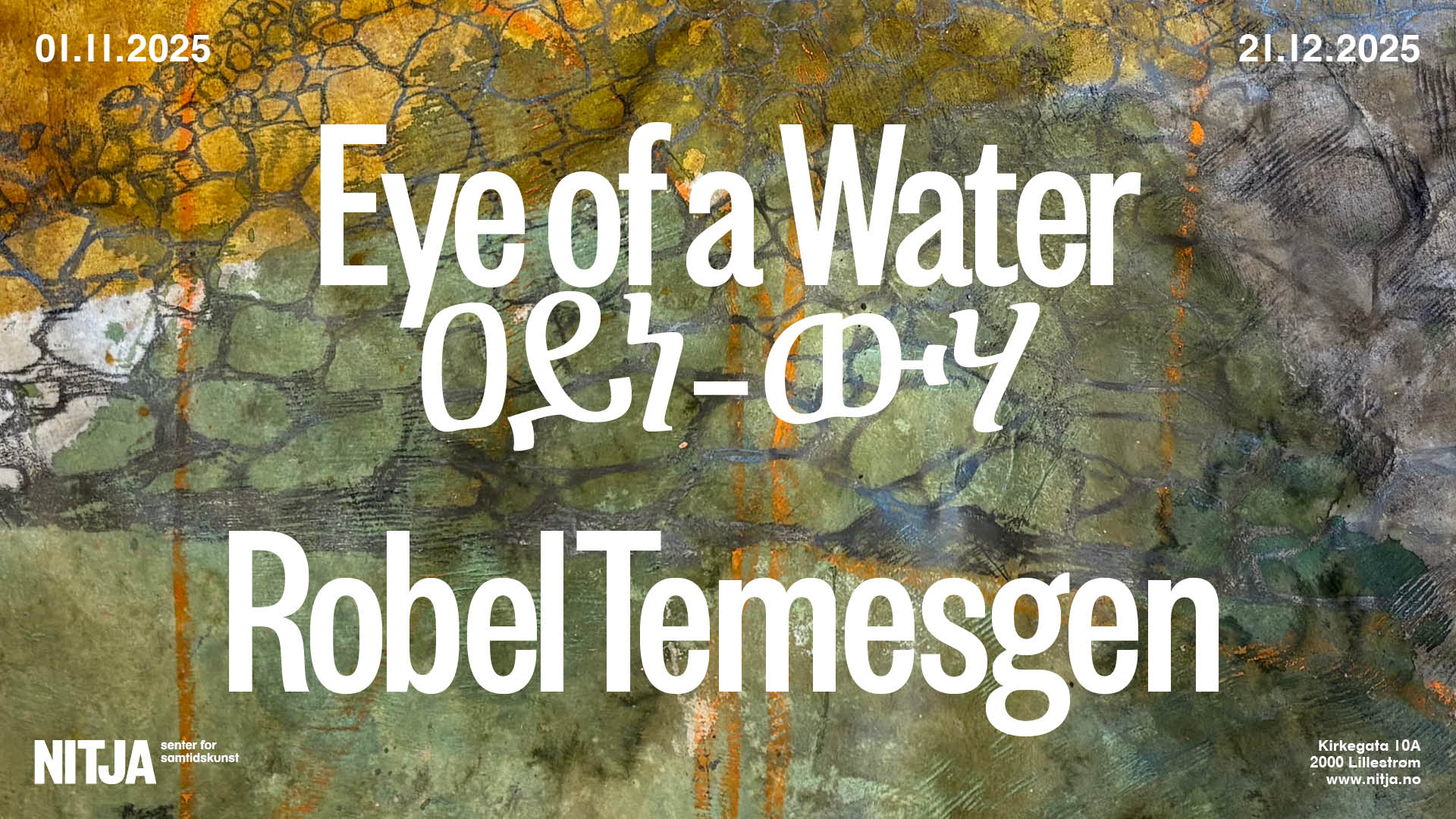

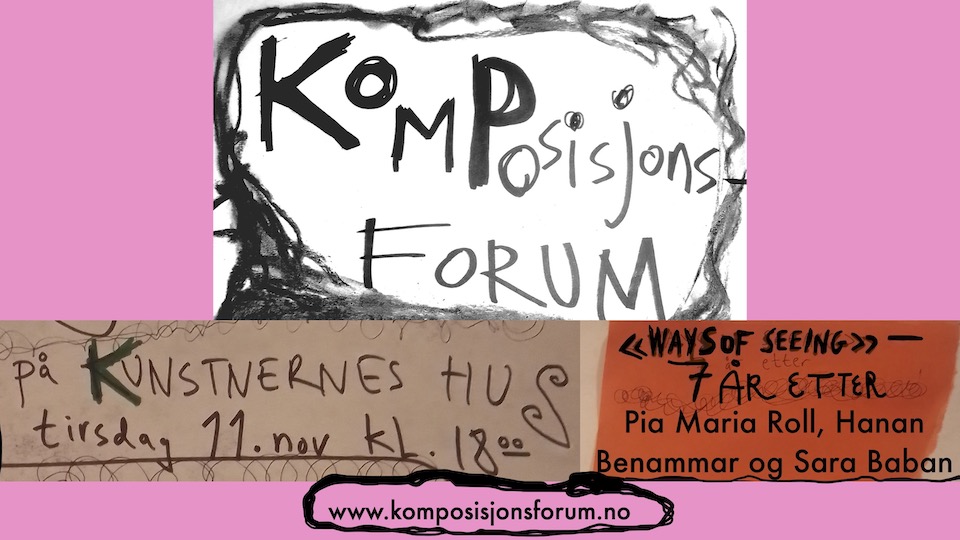
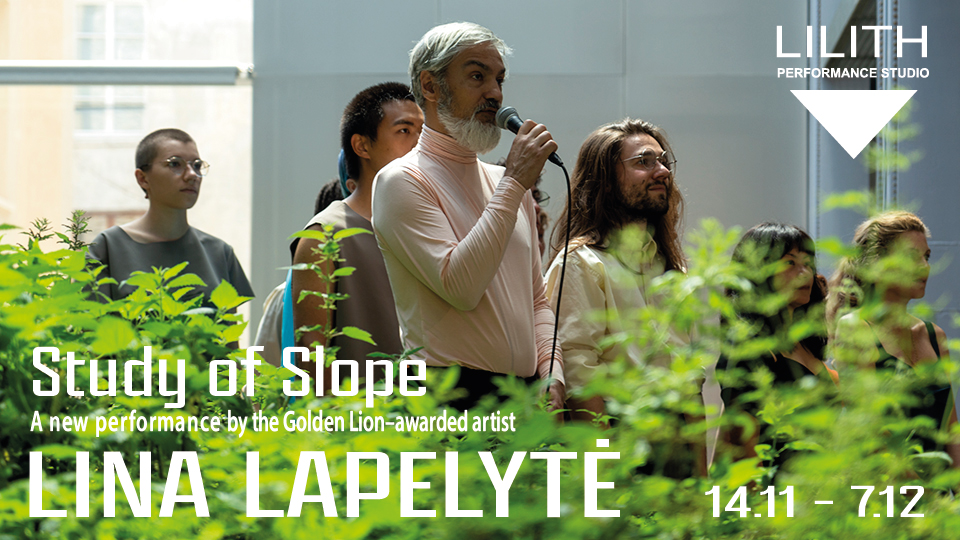
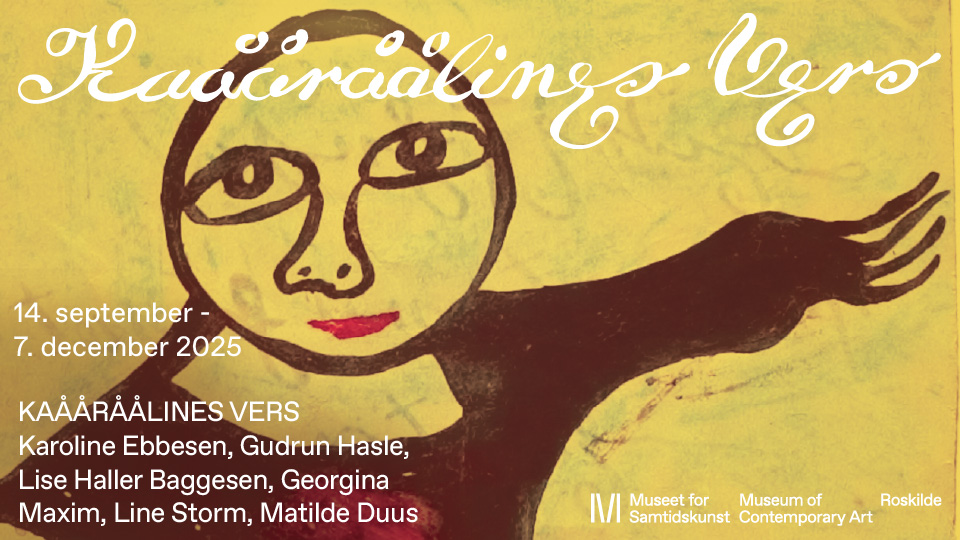
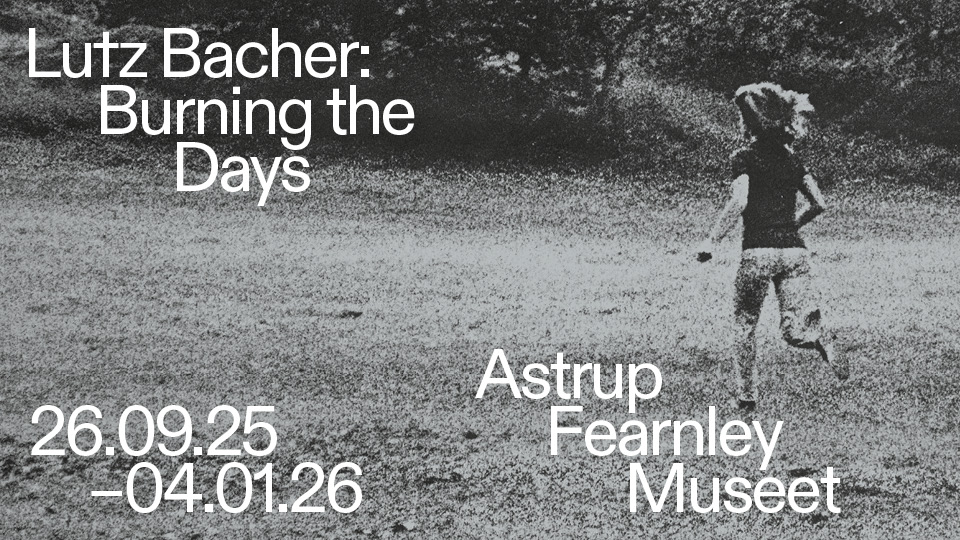
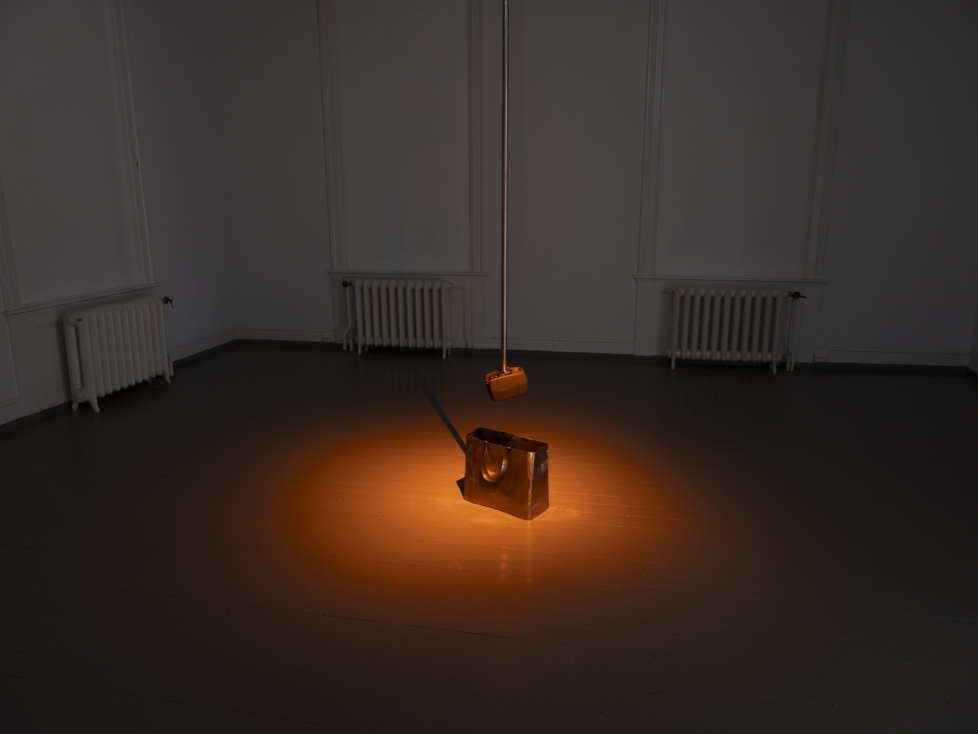
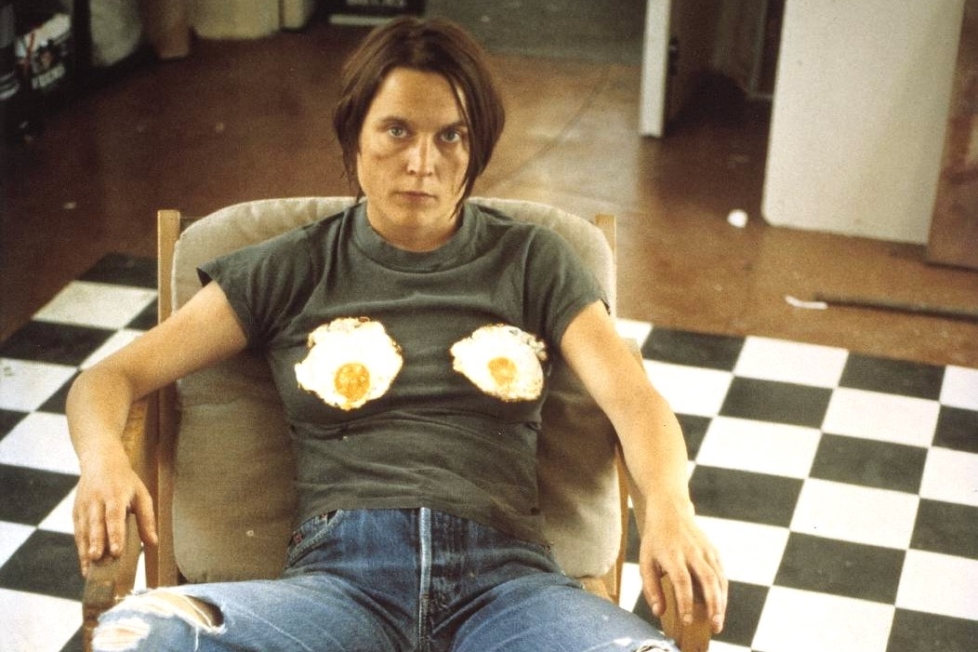
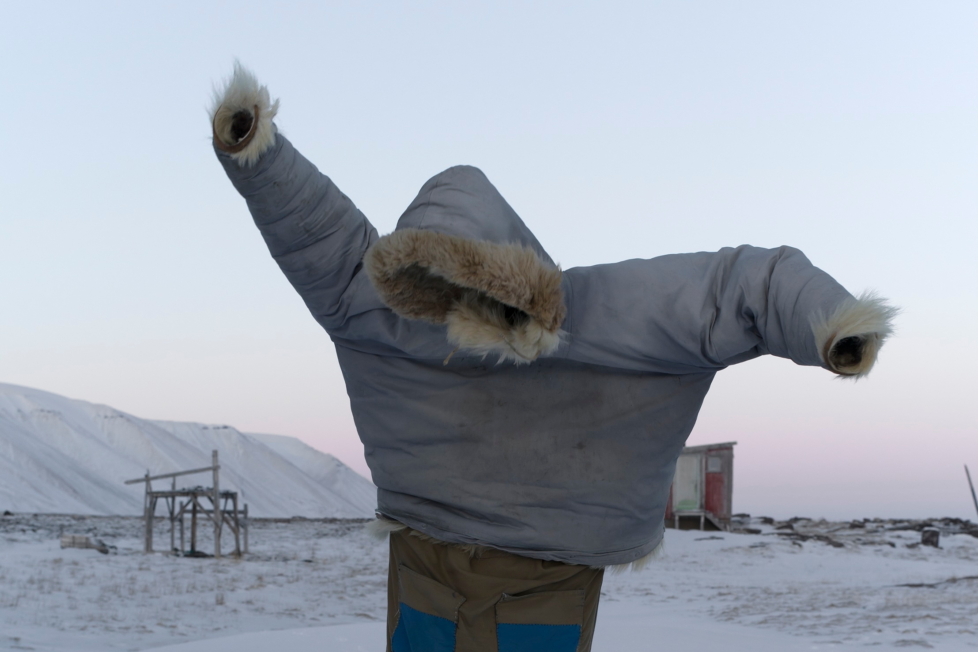
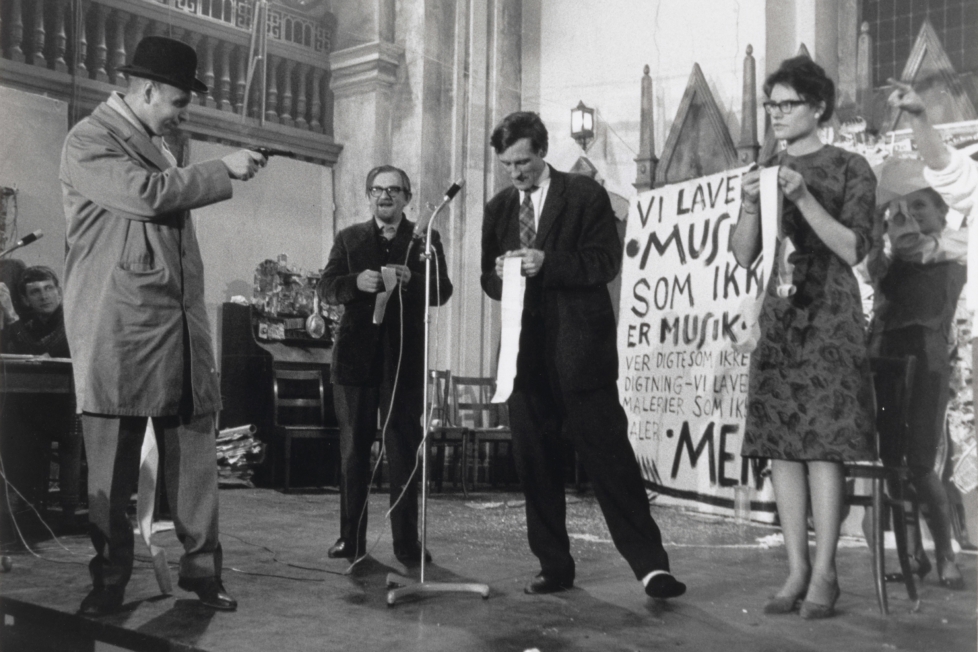
Leserinnlegg